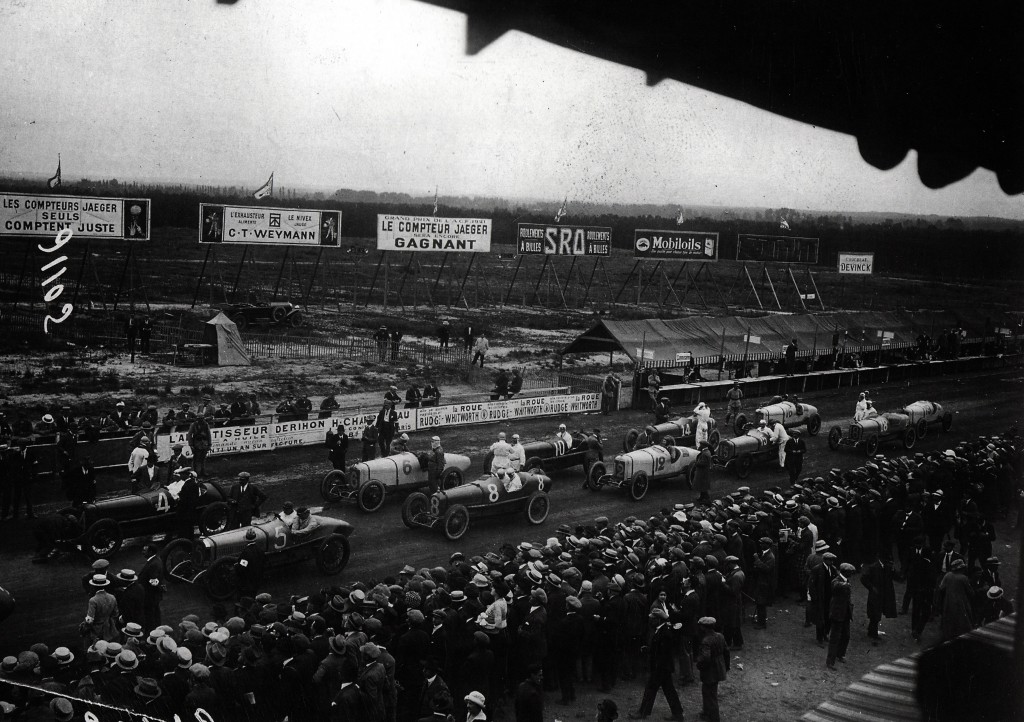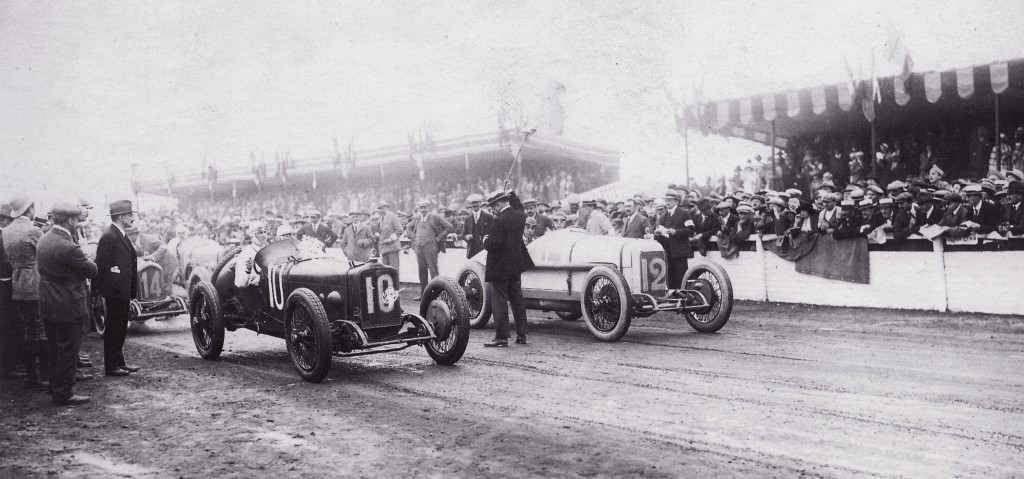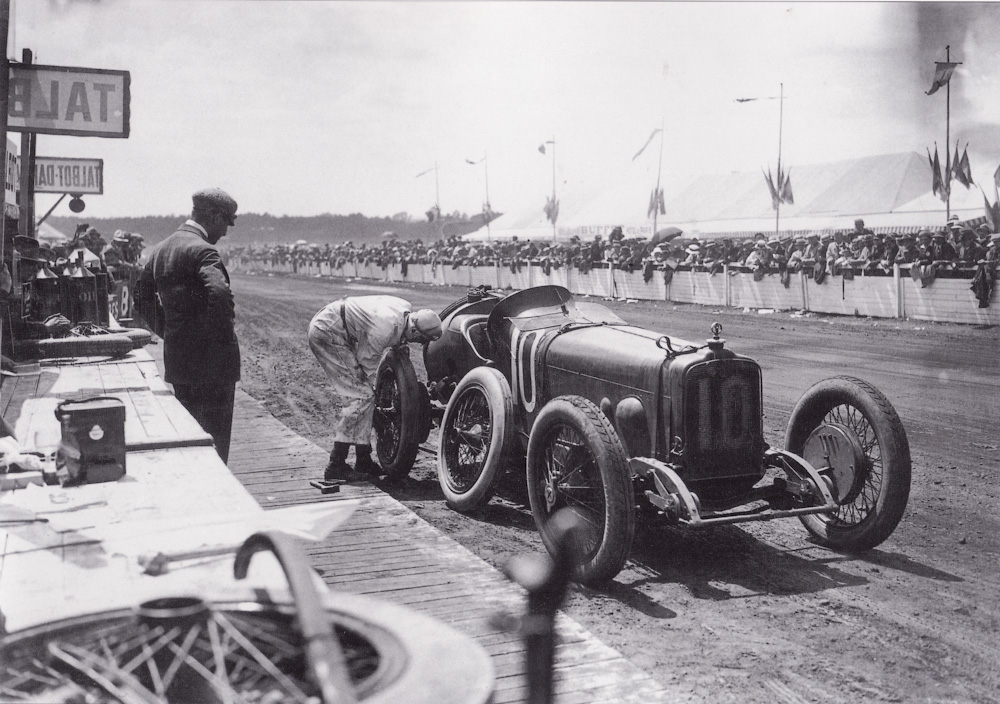
1921 French Grand Prix de l’A.C.F.
The 1921 French Grand Prix de l’A.C.F was the premium international motoring sporting event on the calendar; the 1921 event was the first Grand Prix in seven years, marking the long awaited return to normality after the Great War. It was held to great fanfare on July 25. The thirty lap 321.68 mile race was run on the same circuit that was to become famous 1923-1928 as the Le Mans ‘24 hours Endurance’. The event attracted a strong field of international teams and the latest cars from France, Britain and the USA.
STD envisaged seven entries but only weeks before the event the cars were not ready and an attempt to withdraw was made; this met with resistance from the designated pilots and after considerable effort by the STD Works at Sureness, four cars were made ready. Three of these were the very cars which only weeks earlier participated in the 1921 Indianapolis 500.

Taking advantage of its international manufacturing base, STD fitted two cars as Talbot and two as Talbot Darracq – all mechanically identical. The Talbot was distinguished by its colour, the Talbot radiator and a slanted tail mounted diagonally with two spare wheels. The Talbot car were given race no. 10 and no.4 and were designated to newcomer H. O. D. Segrave in his first ever Grand Prix and the experienced K. Lee Guinness, of the eponymous stout dynasty and KLG sparkplugs. Two additional cars were fitted with Talbot-Darracq radiators and pointed tail similar to the configuration used at the Indianapolis 500. The two Talbot Darracq were entered for French aces Rene Thomas (no.5) and Andre Boillot (no.15). All four STD cars were modified from their Indianapolis configuration and fitted with both front and rear brakes. The competitors were started in pairs at half minute intervals.
Rene Thomas retired on lap 24 after a ricocheted stone holed his oil tank. Andre Boillot drove carefully and his pit-work was methodical and quick; he had to change seven tyres during the race but nevertheless achieved the best STD result at fifth place . Guinness had to change nine tyres on his Talbot to finish eighth.
The road circuit was badly cut out and covered with large sharp stones one of which knocked Segrave’s riding mechanic Jules Moriceau unconscious for the whole of half a lap. The race was to be plagued by tyre problems for STD as a result of both road condition and insufficiently cured tyre rubber. Despite having to change fourteen covers by himself through sheer determinatio H.O.D. Segrave was still able to average 62.6mph, finishing in 5:08:06.0 and achieving ninth place. This performance convinced Coatalen to offer Segrave a position in the Sunbeam Works team, which soon took him to extraordinary fame, success and knighthood.
The race was predominantly a struggle between the Ballot and the Dusenberg: Jimmy Murphy who was injured in practice and was nursing fractured ribs throughout the race, winning in the latter for the USA – the first such win and the last for 46 years. Ballot took the other podium places with STD best at fifth place.
